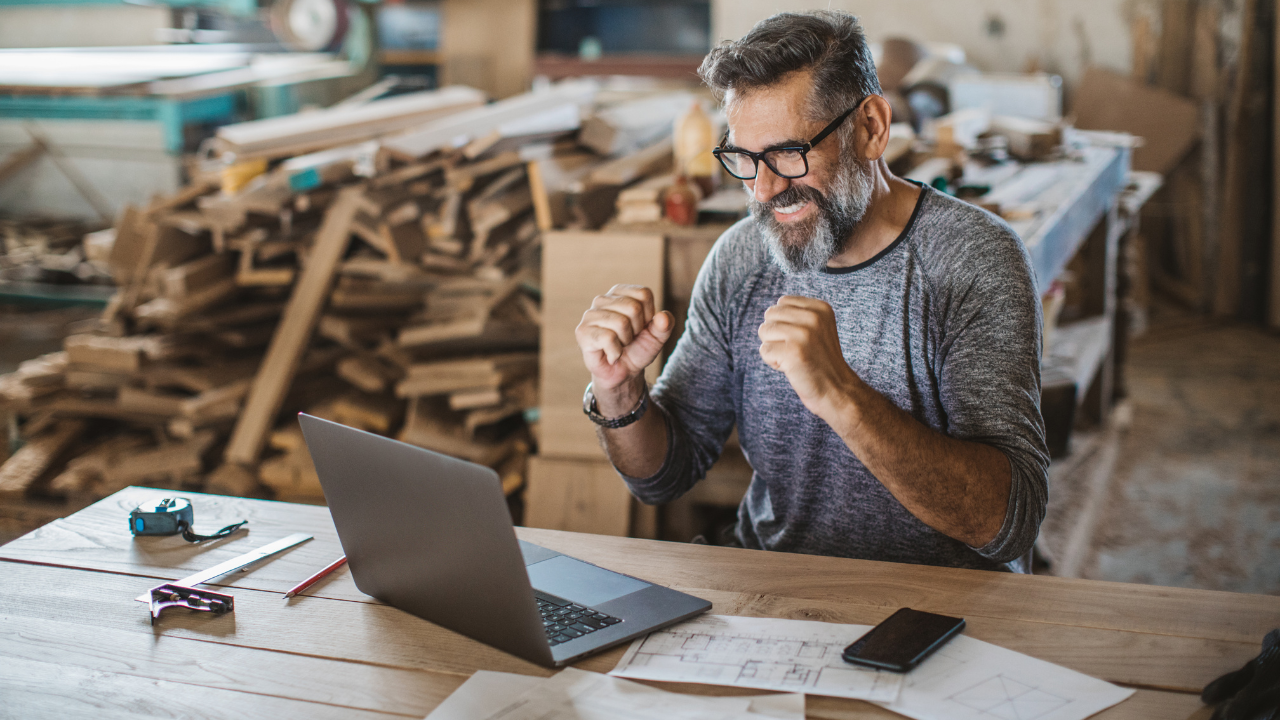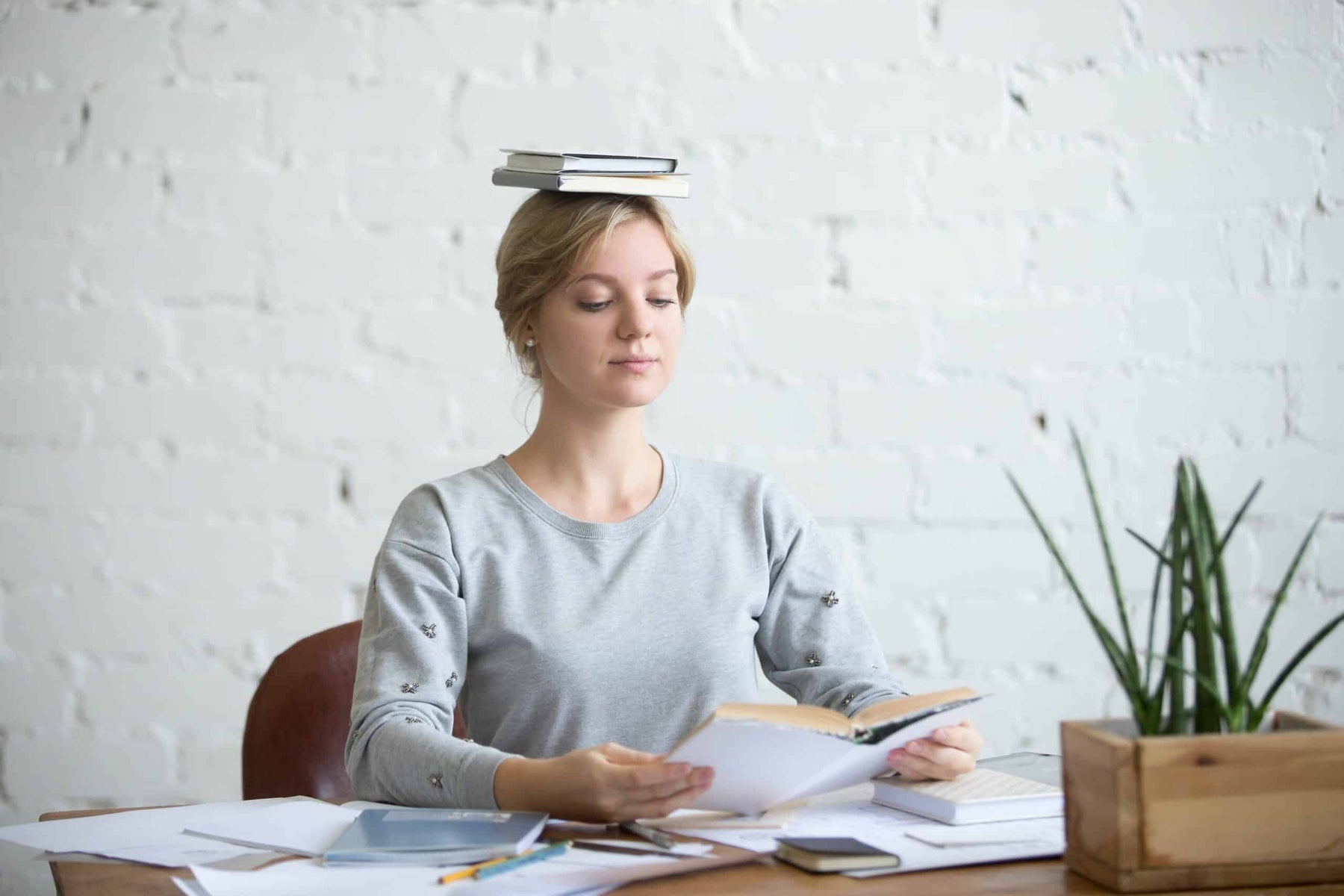Solutions for Osteoporosis, Osteopenia & Bone Density
Dr LivingoodShare

Bone health is vital for long-term wellness and quality of life. After all, without strong bones, you’ll be more susceptible to injury, will suffer from a bad posture, and may eventually develop subsidiary conditions like osteoarthritis.
Unfortunately, many Americans develop either osteopenia or osteoporosis as they reach their 50s. Both conditions can be extremely uncomfortable and difficult to care for, particularly if they arise because of poor lifestyle choices. Let’s look at where osteoporosis and osteopenia come from and examine some natural solutions you can try before turning to medication.
Osteoporosis and Osteopenia: Causes and Symptoms
Osteoporosis and osteopenia are technically not the same conditions, although they are closely related.
Osteoporosis or the “fragile bone disease” occurs when your bones lose mass and they don’t get enough calcium, magnesium, vitamin D, or other essential vitamins and minerals. In other words, your bones aren’t able to regenerate themselves and become more fragile. Specifically, they develop hollow pockets that compromise their durability.
Osteopenia is essentially the middle ground between healthy bones and osteoporosis. Many people over the age of 50 have osteopenia, which means they have lower than average bone density. But their bone density isn’t so low that they fully have osteoporosis.
If left unchecked, osteopenia can progress to osteoporosis, leading to a stooped back, bone injuries, and many more severe symptoms.
Osteopenia and osteoporosis are typically caused by poor lifestyle choices.
Other factors can lead to these conditions as well, including:
- Hormonal imbalances such as low estrogen in women and low testosterone in men
- Eating disorders or malnutrition
- Sedentary lifestyle
- Obesity
How to Remedy Osteoporosis and Osteopenia Naturally
Your doctor may immediately prescribe potent medications or high doses of calcium to rectify issues with bone density loss. This may temporarily alleviate your symptoms but, studies have shown that too much calcium can calcify your arteries. Arterial calcification is caused by calcium deposits in your arteries which can impair the function of your blood vessels, leading to heart disease.
The Key Mineral for Bone Health
One of the biggest causes of osteopenia and osteoporosis is a nutrient deficiency in vitamins and minerals such as calcium, vitamin D, vitamin K, and magnesium.
All of these vitamins play a role in maintaining healthy bones. For proper absorption and the best results, no more than 600 mg of calcium should be consumed per day and it should be combined with at least 2000 IU of Vitamin D, 100 mg of magnesium, and 200 mg of vitamin K2.
Your bones are, in fact, constantly being remodeled and reshaped every day as calcium flows in and out of their cells. As you get older, however, your bones may start to be broken down at a faster rate than they are built. It’s important to maintain a healthy weight through diet and exercise, to eat foods that are rich in calcium, collagen, magnesium, vitamin c, and iron, get enough sunlight or take a Vitamin D supplement when necessary, and exercise so osteoporosis doesn’t develop as a result. Livingood Daily Bone Support can also assist your body in producing the vitamins and minerals it needs to grow and maintain stronger bones!
Avoid Sugar
Sugar is the main culprit and cause of many chronic diseases we face today. Osteoporosis and osteopenia are no exception. When we eat too much sugar, calcium is pulled out of our bones in an effort to level out the amount of sugar we’ve eaten. This removal of the calcium in our bones creates bone fragility. This results in an imbalance in the acidity and alkalinity within our bodies.
Stimulate your Bone Density
Stimulate your bone density to go up with vibration plates. A vibrating platform is a machine that works by transmitting energy to your body. Whole-body vibration has been shown to stimulate bone formation and increase growth hormones. Vibration training can also increase muscle strength and flexibility and improve muscle memory or motor control.
Exercise (Weights, Rebounding, and Vibration Plates)
Including exercise in your lifestyle plays a key role in preventing bone disease and can also boost bone health by building up bone mass, improving flexibility, supporting emotional well-being, and reducing inflammation.
Rebounding on a small trampoline or stretching on a vibration plate are also proven ways to support proper bone health.
Strength training is another form of exercise that may help to improve strength, flexibility, and bone density which will help to prevent falls. To maintain proper form and prevent injury start by working with a personal trainer or in a group exercise class. You can also get guided videos through these 10-minute workouts.
Summary
In the end, both osteoporosis and osteopenia can be treated through holistic and natural remedies. Of course, if these don’t work for your symptoms, visit a doctor right away for more intense treatments.
But before you take potentially risky medication, check out alternatives and consider adjusting your diet by introducing more nutrient-rich foods and removing sugar. You may just find that your osteoporosis symptoms are much more manageable in no time!
Share
Related Articles
Most Popular
-
The 5 Amazing Benefits of Omega-3s
August 13, 2024 -
Healing Your ‘Second Brain’: The Path to a Healthier Gut
August 13, 2024







